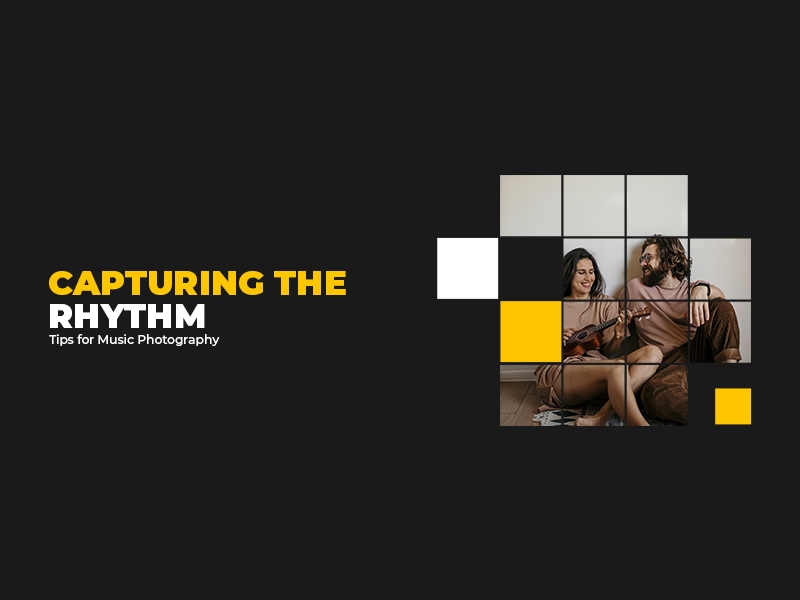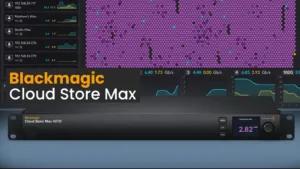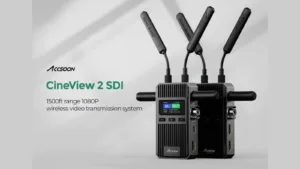Music photography is a thrilling journey through the world of sound and visuals. It’s about freezing those electrifying moments, the sweat on the musician’s brow, and the euphoria in the crowd’s eyes. To excel in this field, you need both skills and the right tools. The best tool to capture every single and minute detail is Panasonic Lumix S5 IIX

1. The Right Gear: Music Photography Equipment
Let’s start with the basics – your gear. Having the right equipment is paramount. Invest in a high-quality camera and a selection of lenses. A fast prime lens is excellent for low-light conditions, such as those you’ll often encounter in concert venues.
2. Master Low-Light Photography: Music Lighting Equipment
Concerts are notorious for their challenging lighting conditions. To tackle this, consider investing in additional lighting equipment. Portable LED panels or external flashes can be game-changers. They give you control over the lighting, ensuring your shots capture the mood and energy of the performance.
3. Research and Prepare: Music Video Equipment
Knowing the music and the band’s style can help you anticipate moments. Different genres require different approaches. For instance, rock concerts may demand dramatic shots, while jazz performances might require a softer touch. Research the artists, their music, and their stage presence.
4. Get the Right Access
Access is everything in music photography. Reach out to bands, event organizers, or local publications to secure press passes or artist permissions. Networking within the music industry can open doors to exciting opportunities.
5. Stay Discreet and Respectful
Remember that both artists and audiences are there for the music. Be discreet and respectful. Avoid blocking anyone’s view, and adhere to event rules and guidelines. The audience’s experience should never be compromised by your presence.
6. Capture the Emotion with Lumix S5 IIx
Music is all about emotions. Seek to capture genuine feelings – the passion, connection, and intensity. Candid shots often convey the most powerful emotions.
7. Play with Composition
Experiment with composition. Use angles, framing, and perspectives creatively. Applying principles like the rule of thirds or leading lines can add depth and interest to your shots.
8. Post-Processing: Enhancing Your Tools
Post-processing is where your tools come to life. Use editing software to enhance colors, contrast, and sharpness. Remember, subtlety is key; over-editing can lead to unnatural-looking photos.
9. Expect the Unexpected
Live performances are unpredictable. Always have backup equipment, extra batteries, and memory cards on hand. Technical issues shouldn’t hinder your ability to capture the perfect shot.
10. Fuel Your Passion
Music photography thrives on passion. Stay dedicated to your craft, explore new techniques, and evolve as a photographer. Your enthusiasm will shine through in your work.
Best Camera for Music Video: Lumix S5II or Lumix S5 IIX
Our suggestion is that both are truly amazing when it comes to photography and videography.
In the realm of music photography, the right equipment and techniques are essential. With the proper tools and a deep passion for music, you can create images that resonate with music enthusiasts worldwide.
Remember, practice makes perfect. Attend concerts, capture the rhythm, and bring the magic of music to life through your lens.
Buy now Lumix S5 IIX: https://systecintl.ae/product/panasonic-lumix-s5-iix-mirrorless-camera/
Buy now Lumix S5 II: https://systecintl.ae/product/panasonic-lumix-s5-ii-mirrorless-camera/
Find our physical store here: https://goo.gl/maps/YZQmjfG5vYQS3ZLU7












Add comment